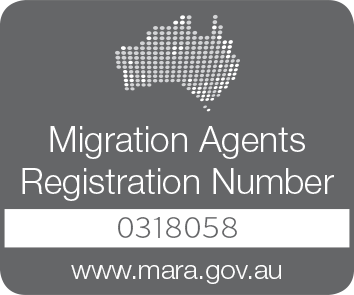Migration Programs for Newcomers: A Step-by-Step Guide
Home » Migration Programs for Newcomers: A Step-by-Step Guide
Step 1: Assess Your Eligibility
Evaluate your qualifications, skills, and personal circumstances to determine which migration program suits you best. Use online eligibility calculators or consult with a migration agent for assistance.
Step 2: Research Available Programs
Identify migration programs that align with your goals. Key considerations include:
Visa requirements (age, skills, qualifications).
Processing times.
Associated costs.
Step 3: Prepare Your Documentation
Accurate documentation is vital for a successful application. Common requirements include:
Valid passport.
Proof of skills or qualifications.
English language proficiency test results.
Police clearance certificates.
Health assessments.
Step 4: Submit an Expression of Interest (EOI)
For certain programs, such as Australia’s General Skilled Migration (GSM), you must submit an EOI through platforms like SkillSelect. This step places you in a pool of candidates for selection.
Step 5: Lodge Your Application
Once invited, submit a complete application with the required fees. Ensure accuracy to avoid delays or rejections.
Step 6: Attend Interviews or Biometrics Appointments
Some programs require interviews or biometric data collection. Respond promptly to such requests to avoid processing delays.
Step 7: Receive Your Visa Decision
Monitor your application status through the relevant online portal. Upon approval, prepare for your move by arranging travel, accommodation, and other essentials.
Understanding Migration Programs
Migration programs are designed to facilitate the movement of individuals to a new country for purposes such as work, education, family reunification, or humanitarian needs. For instance, Australia offers various migration programs tailored to specific goals and eligibility criteria, including skilled migration, family sponsorship, and humanitarian visas.
Common Types of Migration Programs:
Skilled Migration Programs
Designed for individuals with skills in demand in the destination country.
Example: Australia’s Skilled Independent Visa (Subclass 189).
Family Sponsorship Programs
Allow citizens or permanent residents to sponsor family members.
Example: Partner Visa (Subclass 820/801).
Humanitarian and Refugee Programs
Provide protection to individuals fleeing persecution or conflict.
Student Migration Programs
Permit individuals to study and potentially work in the host country.
Example: Australia’s Student Visa (Subclass 500).
Key Factors to Consider
| Factor | Details |
|---|---|
| Eligibility Criteria | Age limits, skills in demand, English proficiency, sponsorship availability |
| Costs | Application fees, health checks, language tests |
| Processing Times | Varies by visa type and country |
| Visa Conditions | Work rights, duration of stay, renewal options |
Benefits of Migration Programs for Newcomers
Access to Better Opportunities: Employment, education, and healthcare.
Family Reunification: Migration programs often enable families to stay together.
Pathway to Permanent Residency or Citizenship: Many programs offer long-term settlement opportunities.
Cultural Exchange: Exposure to diverse cultures and communities.
Challenges Newcomers May Face
While migration programs provide immense benefits, they can also pose challenges, such as:
Navigating complex application processes.
High costs associated with migration.
Cultural and language barriers in the new country.
Adapting to different legal and social norms.
Case Study: Skilled Migration Success
A 28-year-old software engineer from India applied for Australia’s Skilled Independent Visa (Subclass 189). With a high-demand skill set and proficient English, the applicant scored 85 points on the SkillSelect system and was invited to apply within six months. After submitting all documentation, the visa was granted in 12 months, enabling the individual to live and work in Australia with full benefits.
| Timeline of Application Process | |
| Step | Duration |
| Eligibility Check | 1 Month |
| EOI Submission | 3 Months |
| Application Submission | 6 Months |
| Visa Grant | 2 Months |
Tips for a Successful Migration Journey
Seek Professional Advice: Engage registered migration agents for expert guidance.
Stay Informed: Regularly check updates on migration policies.
Plan Finances: Prepare for visa fees, relocation costs, and initial settlement expenses.
Adapt and Network: Join community groups and seek support from local organizations.
Migration programs offer newcomers a pathway to build a better future in their chosen destination. By following a systematic approach, researching thoroughly, and seeking professional assistance, you can navigate the process with confidence. Whether you’re pursuing skilled migration, family sponsorship, or humanitarian assistance, preparation is key to achieving your migration goals.
For tailored assistance with your migration journey to Australia, visit My New Australian Life. Our team is here to guide you every step of the way!

